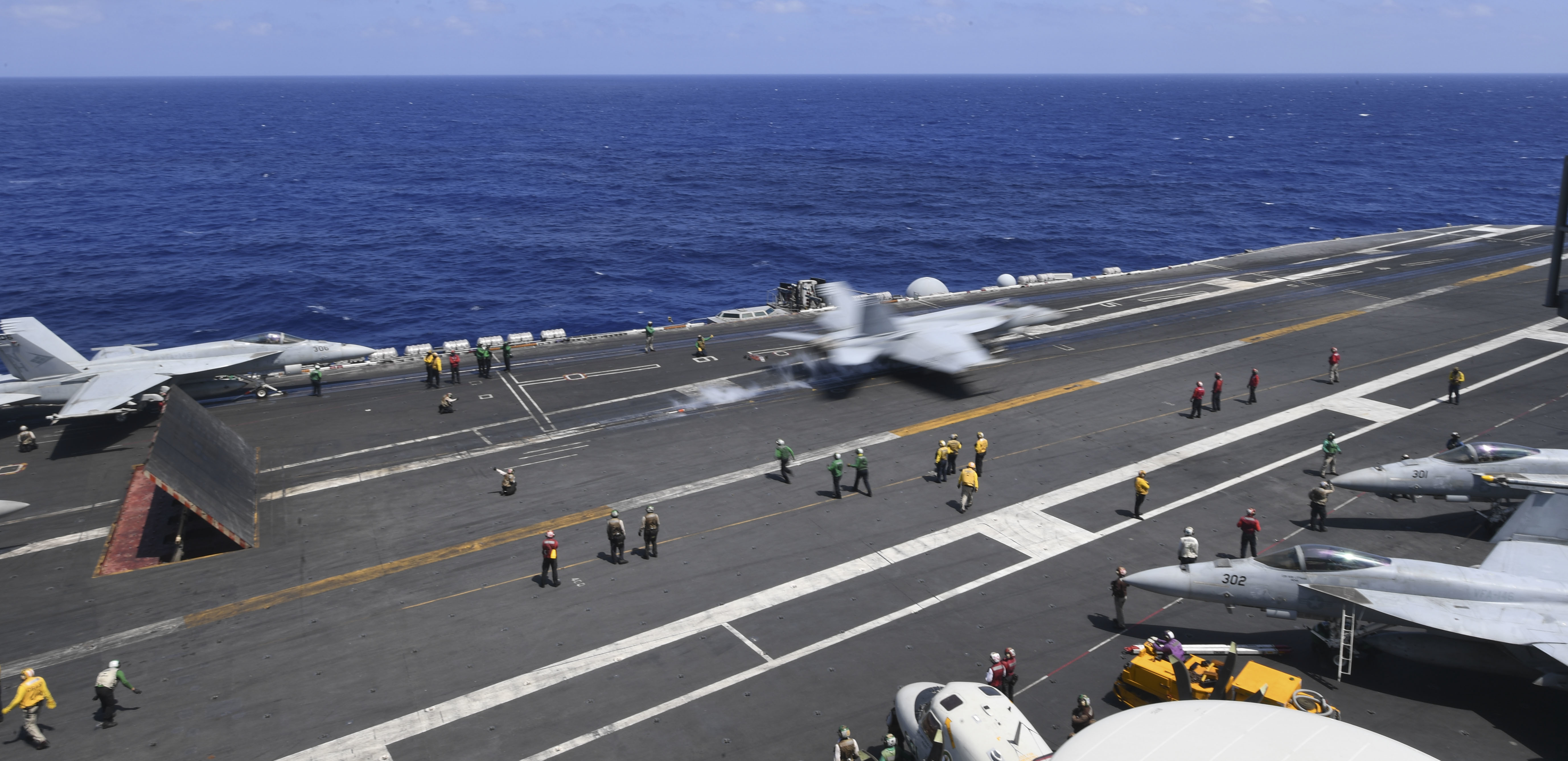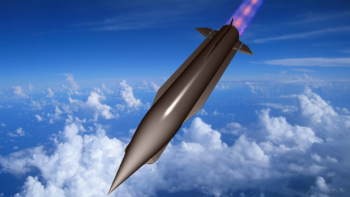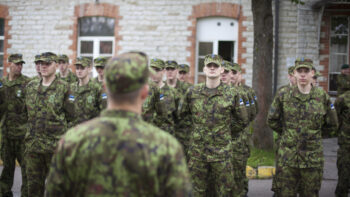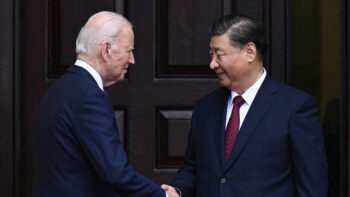
An F/A-18E Super Hornet launches from the flight deck of the aircraft carrier USS Theodore Roosevelt March 19, 2020. (File)
WASHINGTON: Despite squadron changes, foreign aircraft purchases and promises of a successful maintenance program, the House Armed Services Committee is unconvinced by the Navy’s arguments that it can resolve the strike fighter shortfall gap several years earlier than previously planned, according to a copy of the chairman’s mark of the fiscal 2022 defense policy bill obtained by Breaking Defense.
As a result, the HASC language calls for purchasing a dozen new F/A-18 Super Hornet fighters, an investment of over $1 billion.
In congressional testimony this year, Navy leaders stood behind a request to end Super Hornet production following the current multiyear deal; that move would have been followed by a shift towards recapitalizing older aircraft and funneling research dollars to the Next Generation Air Dominance program. To accommodate that, service officials described a series of changes to squadron numbers, as well as requests to buy foreign made aircraft that could be used for training purposes in place of would-be operational Super Hornets. They also vigorously defended the service life modification program responsible for recapitalizing older aircraft.
The bottom line that Navy officials have spent this year arguing: they can close the strike fighter shortfall gap five years earlier than previously stated. But House lawmakers are “highly circumspect” of that claim, and are poised to act.
“The committee believes that these significant factors actually exacerbate the shortfall and would
not contribute to the expedited timing of resolving the shortfall prior to 2030 as stated last year,” according to the chairman’s mark, citing a service decision to remove 104 Block II Super Hornets from the recapitalization program as well as the Navy’s F-35C request still being below 24 planes per year.
With that in mind, the committee is now poised to add 12 Super Hornets — $1.06 billion — to the service’s budget. Further, lawmakers want the director of Cost Assessment and Program Evaluation to submit a report by February to the committee assessing the service’s previously analyses on the strike fighter shortfall.
The committee also wants a report from the Navy secretary by March “that provides an alternative plan to transition all Navy Reserve Component aggressor squadrons to a more capable and relevant aircraft within a 10-year timeframe.” That requirement is a nod to the service’s proposal to use foreign aircraft as aggressor squadrons for training purposes in place of Super Hornets that could otherwise contribute to operational needs.
“Due to the criticality of simulating relevant adversary air tactics and capabilities, the committee believes that the Navy should instead reprioritize planned funding to transition organic aggressor squadrons away from less capable aircraft to a more advanced and capable platform, such as the F/A-18E/F Super Hornet, that would more effectively support the adversary air training mission requirements,” according to the committee’s mark.
The rejection by lawmakers follows Chief of Naval Operations Adm. Michael Gilday sharply rebuking industry during the opening panel of the Sea Air Space exposition, where he insisted companies pay more attention to maintaining ships and less time lobbying lawmakers for “aircraft we don’t need.”
While the top admiral did not explicitly mention the Super Hornet, the next day a top Navy aviator gave a deeper explanation of his boss’ frustrations. Rear Adm. Andre Loiselle said Gilday’s comments stemmed from the service’s analysis showing that fourth-generation aircraft are not going to be viable against threats in the 2050 timeframe.
UK picks 90 suppliers to support Hypersonic strike program
The various suppliers were all picked to join a Hypersonic Technologies and Capability Development Framework (HTCDF) agreement, making them eligible to compete for eight lots worth a maximum value of £1 billion ($1.3 billion) over the next seven years.


























